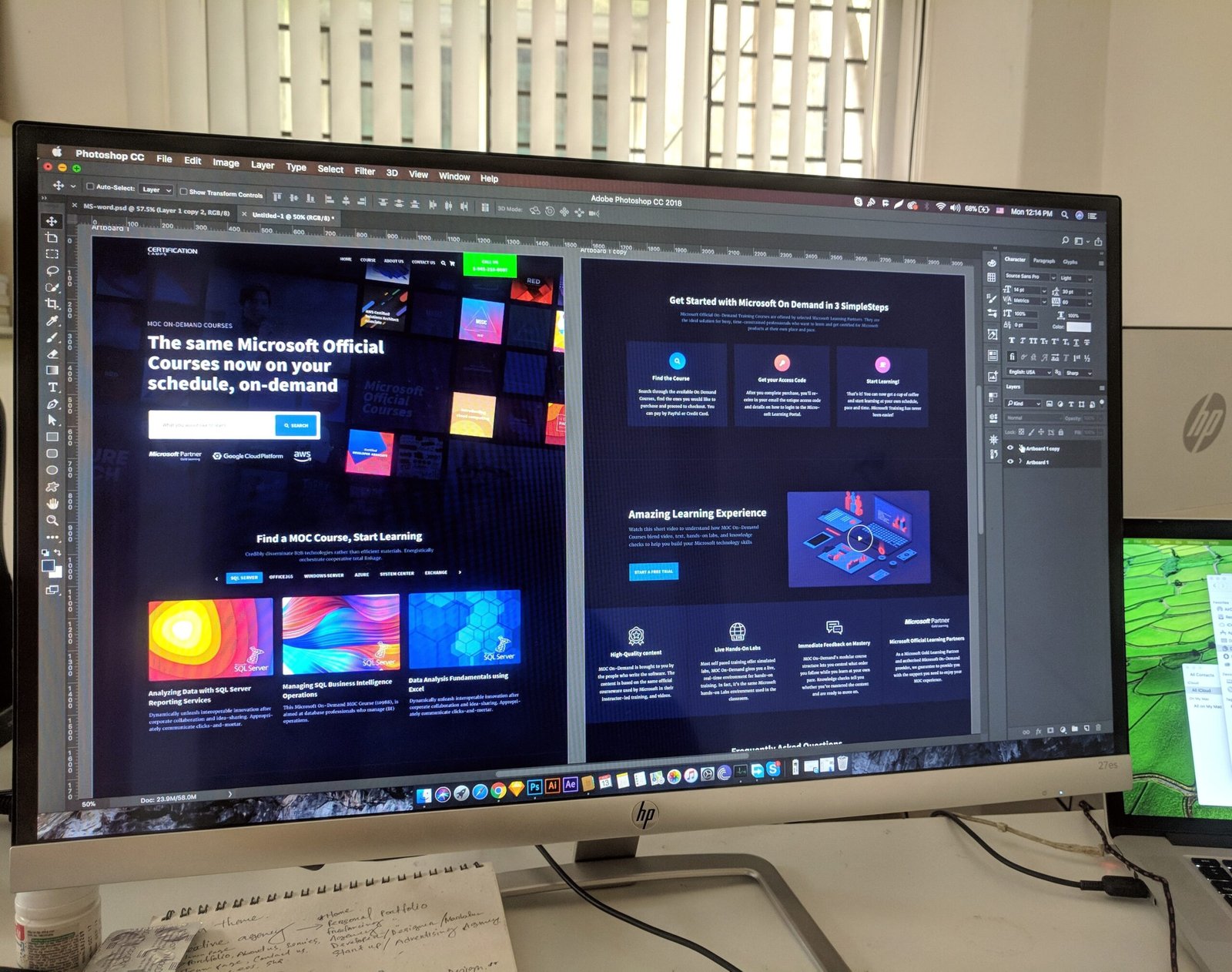Introduction
Design is an integral part of our lives. From the clothes we wear to the websites we browse, design surrounds us everywhere. It is the art of creating something visually appealing and functional, combining aesthetics with purpose. In this blog post, we will explore the world of design, its various aspects, and how it impacts our daily lives.
The Importance of Design
Design plays a crucial role in capturing attention and making a lasting impression. Whether it’s a product, a logo, or a website, good design can make all the difference. It helps convey a message, evoke emotions, and enhance user experience. In today’s highly competitive world, businesses understand the significance of design in attracting customers and standing out from the crowd.
Types of Design
Design is a vast field with numerous specializations. Some of the most common types of design include:
- Graphic Design: This involves creating visual content for both print and digital media.
- Web Design: It focuses on creating visually appealing and user-friendly websites.
- Industrial Design: It deals with designing products that are functional and aesthetically pleasing.
- Interior Design: This involves creating beautiful and functional spaces.
- Fashion Design: It encompasses designing clothing and accessories.
The Design Process
Design is not just about creating something pretty; it involves a systematic process. The design process typically includes the following stages:
- Research: Understanding the client’s needs, target audience, and market trends.
- Ideation: Generating ideas and brainstorming concepts.
- Sketching: Creating rough sketches to visualize the design.
- Prototyping: Building a prototype to test the design’s functionality.
- Refinement: Making necessary adjustments and improvements based on feedback.
- Finalization: Delivering the final design to the client or implementing it.
Design Principles
Design principles serve as guidelines to create visually appealing and effective designs. Some essential design principles include:
- Balance: Achieving visual equilibrium by distributing elements evenly.
- Contrast: Using contrasting elements to create visual interest.
- Hierarchy: Organizing elements based on their importance.
- Typography: Choosing appropriate fonts and using them effectively.
- Color: Utilizing colors to evoke emotions and create a cohesive design.
The Future of Design
As technology continues to advance, design is evolving rapidly. With the rise of artificial intelligence, virtual reality, and augmented reality, designers have new tools and techniques at their disposal. The future of design is likely to be more immersive, interactive, and personalized.
Conclusion
Design is a powerful tool that influences our daily lives in countless ways. It combines creativity, functionality, and aesthetics to create impactful experiences. Whether you’re a designer or simply appreciate good design, understanding its various aspects can help you appreciate its significance and make more informed choices.

Leave a Reply